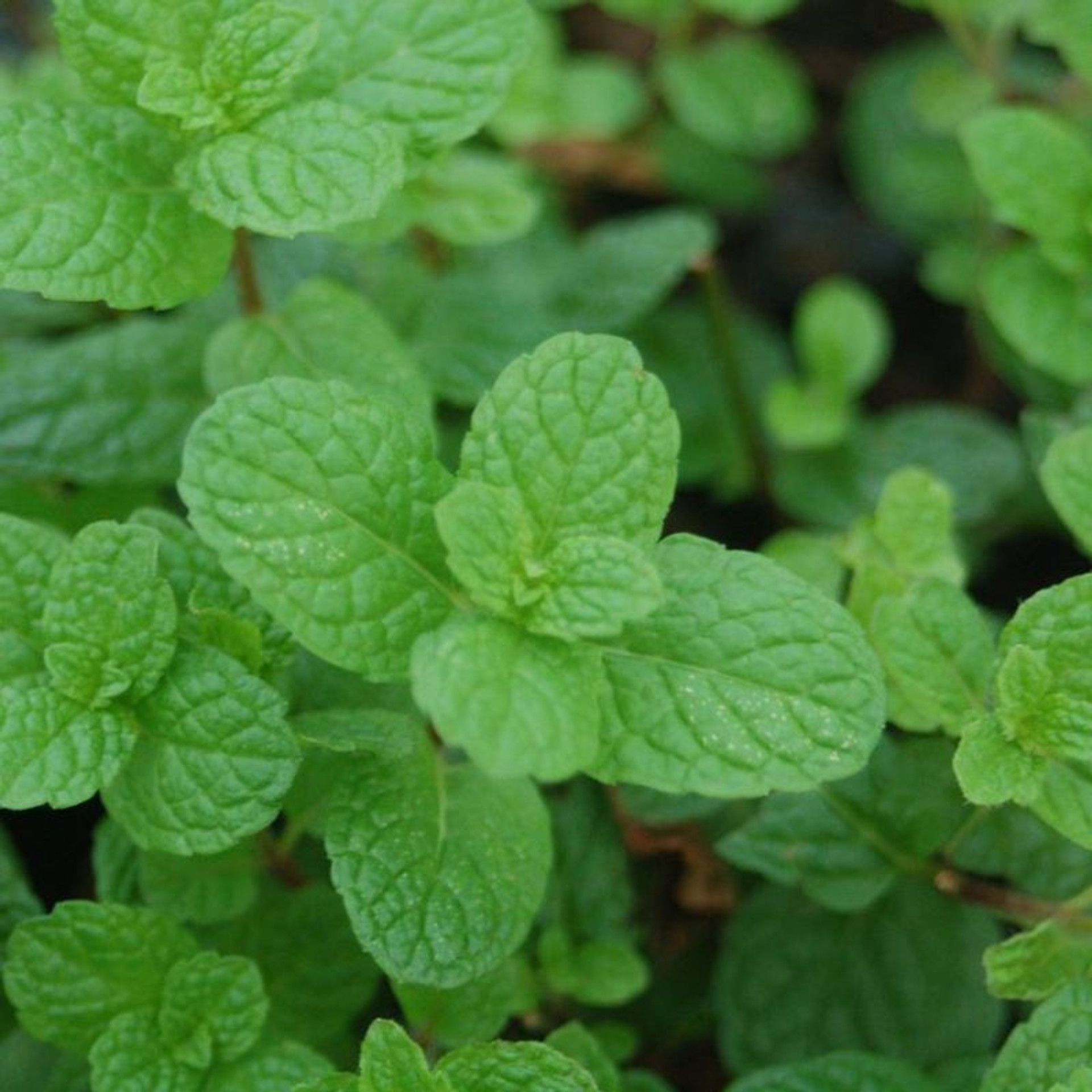
Ever catch a whiff of something so delightful it stops you in your tracks? Imagine that sensation multiplied, and then imagine you can grow it right in your backyard! We're talking about the alluring aroma of chocolate mint, a plant that's as delicious as it sounds. But before you rush out to the garden center, let's delve into the specifics of where this delightful herb thrives: its growing zone.
Chocolate Mint Plant Zones: Finding the Sweet Spot
Understanding yourchocolate mint plant zone is absolutely crucial for successfully cultivating this aromatic herb. The plant zone, also known as a hardiness zone, is a geographically defined area in which a specific category of plant life is capable of growing, as defined by climatic conditions, including its ability to withstand the minimum temperatures of the zone. Essentially, it tells you whether chocolate mint can survive the winter in your area.
The USDA Plant Hardiness Zone Map is the standard by which gardeners and growers can determine which plants are most likely to thrive at a location. The map is based on the average annual minimum winter temperature, divided into 10-degree F zones. Chocolate mint (Mentha x piperita 'Chocolate'), like most mint varieties, is generally hardy in USDA plant hardiness zones3 through 9. This means it can tolerate winter temperatures as low as -40°F (-40°C) in zone 3 and as high as 20°F (-6.7°C) in zone
9.
Here’s a quick breakdown:
- Zones 3-9: Chocolate mint thrives and can be grown outdoors year-round.
- Zones 1-2: While possible, growing chocolate mint outdoors year-round may require significant winter protection. Consider container gardening and bringing it indoors during the coldest months.
- Zones 10+: Chocolate mint might struggle with excessive heat. Provide afternoon shade and ensure consistent moisture. Container gardening is a good option to allow for moving the plant to cooler locations.
Factors Affecting Chocolate Mint Growth Within Its Zone
Even within the recommendedchocolate mint growing zones, several factors can influence the plant's success. Consider these elements:
Microclimates:
Your yard might have areas that are warmer or colder than the general zone suggests. South-facing walls absorb heat and create a warmer microclimate, while low-lying areas can collect cold air, creating a colder one. Observe your yard throughout the year to identify these microclimates and plant yourchocolate mint plant accordingly.
Soil Type and Drainage:
Chocolate mint prefers moist, well-drained soil. Heavy clay soil can become waterlogged, leading to root rot, while sandy soil drains too quickly. Amend your soil with organic matter like compost to improve its texture and drainage. A slightly acidic to neutral soil p H (around 6.0-7.0) is ideal.
Sunlight:
While chocolate mint can tolerate some shade, it grows best in full sun (6-8 hours of direct sunlight per day). In hotter climates, afternoon shade can prevent the leaves from scorching. Insufficient sunlight can lead to leggy growth and reduced flavor.
Watering:
Consistent moisture is key, especially during hot, dry periods. Water deeply when the top inch of soil feels dry. Avoid overwatering, as this can lead to root rot. Mulching around the plant helps retain moisture and suppress weeds.
Extending the Growing Season for Your Chocolate Mint Plant
Even if you live at the edge of thechocolate mint's hardiness zone, there are steps you can take to extend its growing season:
- Container Gardening: Growing chocolate mint in containers allows you to move the plant indoors during cold snaps or excessively hot weather. Choose a pot with drainage holes and use a well-draining potting mix.
- Cold Frames and Greenhouses: These structures provide a sheltered environment, protecting the plant from frost and extending the growing season by several weeks or months.
- Mulching: Applying a thick layer of mulch around the base of the plant in the fall helps insulate the roots and protect them from freezing temperatures. Use organic mulches like straw, leaves, or wood chips.
- Row Covers: Lightweight fabric row covers can be placed over the plant to provide extra insulation during cold nights.
Chocolate Mint: More Than Just a Zone
Beyond just knowing your zone, understanding the growth habits ofchocolate mint is important. It's a vigorous spreader and can quickly take over a garden if left unchecked. Consider planting it in a container, or using a barrier (like burying a section of edging around the plant) to contain its roots.
Here are some additional tips for growing healthy chocolate mint:
- Pruning: Regularly prune your chocolate mint to encourage bushier growth and prevent it from flowering. Flowering can diminish the flavor of the leaves.
- Pest Control: Chocolate mint is relatively pest-resistant, but it can be susceptible to aphids and spider mites. Inspect your plant regularly and treat any infestations promptly with insecticidal soap or neem oil.
- Harvesting: Harvest chocolate mint leaves as needed throughout the growing season. The flavor is most intense in the morning, after the dew has dried.
Growing chocolate mint can be a rewarding experience for any gardener, no matter their experience level. You’ll have fresh herbs right outside your door, ready for teas, desserts, and more! By understanding thehardiness zones for chocolate mint plants and the conditions in your garden, you can set yourself up for success. With the right care, you'll be enjoying the delightful aroma and flavor of this herb for years to come.
Gardening can be tough on the knees and back. I've found that having a good gardening seat can make all the difference. I've been using the upgraded garden kneeler, or a foldable gardener stool, with a thick kneeling pad and tool pouches from KVR and it has helped me immensely with my chocolate mint planting activities! If you want to make things easier for yourself and are looking for gardening presents for women or men, you can check it out here: https://amzn.to/4mhl Mx I.